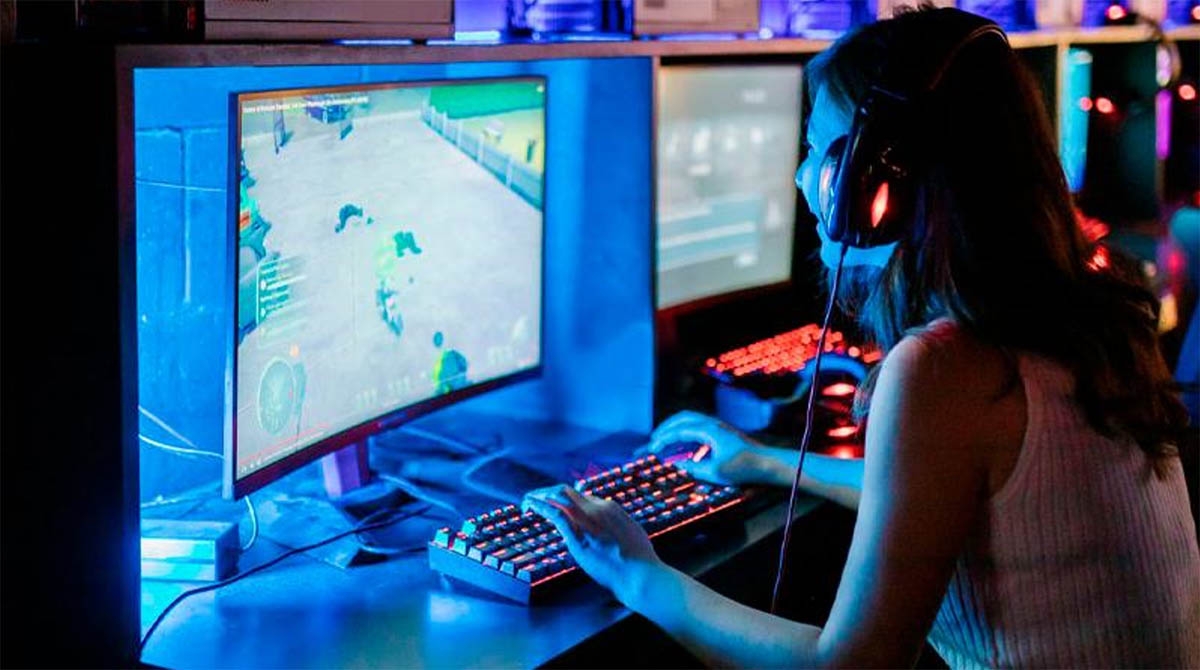
How digital art is often used as a means for promoting gaming-related products
Digital art has become an increasingly important tool for promoting gaming-related products in recent years. With the rise of social media and online marketplaces, it has become essential for gaming companies to create visually appealing and engaging promotional material to stand out in a crowded marketplace. Digital art offers a wide range of creative possibilities for showcasing gaming-related products, from concept art and illustrations to 3D renders and animated videos. It has the ability to capture the attention of audiences and convey the unique features and benefits of a gaming product in a visually stunning way. In this article, we will explore the relationship between digital art and gaming-related products, the different types of digital art used in gaming-related product promotion, and the benefits of using digital art for promoting gaming products. We will also discuss some of the future possibilities and developments for the use of digital art in gaming-related product promotion.
Digital Art and Gaming-related Products
Digital art has become a crucial component of promoting gaming-related products in today's market. Gaming companies use digital art to create visually striking and engaging promotional material that appeals to their target audience. Digital art can be used to showcase gaming products in a variety of ways, including concept art, illustrations, 3D renders, and animations.
Concept art is an early stage of game design that provides a visual representation of the game's characters, environment, and objects. Concept art helps developers visualize and refine their ideas before creating the final product. Illustrations, on the other hand, are used to create visually stunning images of gaming products that highlight their unique features and appeal to the target audience.
3D renders, also known as computer-generated images, are used to create realistic, three-dimensional models of gaming products. 3D renders can be used for product packaging, website designs, and advertisements. They are particularly useful for showcasing gaming products that have complex designs, such as cars or robots.
Finally, animations are used to create engaging and interactive content that showcases gaming products in action. Animations can be used to demonstrate game mechanics, showcase new features, or highlight the benefits of a product.
Types of Digital Art Used in Gaming-related Product Promotion
There are many types of digital art used in gaming-related product promotion, each with its own unique strengths and benefits. These types of digital art include concept art, illustrations, 3D renders, and animations.
Concept art is an important part of game development, providing a visual representation of the game's environment, characters, and objects. Concept art is typically used in the early stages of game development to help developers refine their ideas and create a cohesive vision for the final product. Concept art can also be used in promotional material, such as posters and teasers, to generate interest and excitement among potential customers.
Illustrations are a popular form of digital art used in gaming-related product promotion. Illustrations can be used to create visually stunning images of gaming products, highlighting their unique features and appealing to the target audience. Illustrations can also be used to create memorable characters and game worlds that resonate with players and help to build brand loyalty.
Online slot games are a great example of how gaming-related products use digital art to promote their products. Slot games often incorporate a variety of digital art techniques to create visually appealing and engaging gameplay experiences. Animations are also used extensively in some of the top choices for online slots to create dynamic and engaging gameplay experiences. For example, animations may be used to create exciting bonus rounds, where players are taken on a journey through a themed environment, such as a jungle or ancient temple.
The Benefits of Using Digital Art in Gaming-related Product Promotion
The use of digital art in gaming-related product promotion has several benefits for gaming companies. Firstly, digital art allows gaming companies to create visually stunning and engaging promotional material that captures the attention of their target audience. This can lead to increased brand awareness and customer engagement.
Secondly, digital art can help gaming companies to showcase the unique features and benefits of their products in a way that is both informative and entertaining. By using digital art, gaming companies can provide customers with a more immersive and engaging experience, ultimately leading to increased sales and customer loyalty.
Thirdly, digital art is a cost-effective way to create promotional material for gaming-related products. Compared to traditional methods such as print advertisements or TV commercials, digital art allows gaming companies to create and distribute promotional material at a much lower cost.
Finally, digital art allows gaming companies to reach a wider audience through digital channels such as social media and online advertising. By creating visually stunning and engaging digital content, gaming companies can attract new customers and generate buzz around their products.
Conclusion
In conclusion, digital art has become an essential tool for gaming-related product promotion. The use of digital art allows gaming companies to create visually stunning and engaging promotional material, showcase unique features and benefits, and reach a wider audience through digital channels.
The versatility of digital art enables gaming companies to create a range of promotional material, including concept art, illustrations, 3D renders, and animations, that can be used across various platforms such as websites, social media, and online advertising. As the gaming industry continues to grow and evolve, the use of digital art in gaming-related product promotion will remain an important aspect of marketing strategy, providing gaming companies with a competitive edge in a crowded marketplace.












